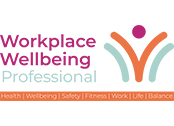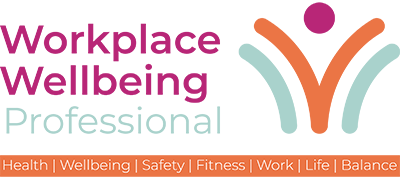Fit for Work
Helping Teams Thrive
By Sean Willers
Personal trainer, health coach and founder of Willers Fitness
Ah, the infamous 3pm slump — when energy takes a nosedive, productivity wanes across the team and coffee feels like the only lifeline to power through to the end of the day.
We’re not alone in this feeling; the 3pm crash is a universal struggle, with a study finding that over half of us experience it and Wednesday the most common day for it to occur.
As a leader, manager or HR professional, you have a unique opportunity to help your team combat this and a proven way of doing it is with exercise. By encouraging simple and accessible movements, you can help boost your team’s energy, focus and engagement without having to reach for the Nescafé.
And don’t forget, it’s just as important that remote staff are encouraged to stretch, move and take screen breaks when they’re at home, especially as recent stats show remote workers tend to take fewer breaks.
Here are a few easy-to-implement ideas to help your team stay energised and throughout the day; no dumbbells necessary.
-
Promote the power of walking breaks
Walking is one of the simplest yet most effective ways to reset energy levels. Encouraging your team to take short walks can clear their minds, improve blood flow and lift their mood.
How to encourage walking breaks:
- Schedule movement reminders: Suggest that employees set a timer to get up and walk for five minutes every hour. You could integrate this into team culture by sharing calendar reminders or using wellbeing apps that prompt movement. Research shows that over 80% of the time, people come up with more creative ideas and better solutions when they walk as opposed to when they are sitting down.
- Organise walking meetings: For smaller, less formal meetings, suggest a walking meeting instead of gathering in a conference room or over Zoom.
- Lunchtime walk initiative: Lead by example and invite your team for a 15-minute walk after lunch. In one study, just 15 minutes of walking per day improved participants’ mental state by 22.5%
-
Implement ‘desk stretch breaks’
Sitting for long periods leads to tension and poor posture, so it’s really important to encourage employees to have a little rest and reset. These simple desk stretches are a life-saver when you have a long day on an office chair.
Suggested stretch routine:
- Chest opener: Stand up straight, clasp hands behind the back and gently stretch the chest. This relieves tension from sitting and boosts posture. It feels good too!
- Hip stretch: Cross one ankle over the opposite knee and sit back slightly. Loosening up the hips can reduce compensatory strain on the lower back and help maintain better posture during the working day.
- Shake it out: Suggest employees literally shake off stress before sitting back down. This helps release built-up tension and promotes relaxation.
Although it might feel a bit silly at first, I guarantee it will make people smile and enjoy a little breather from their daily work.
-
Encourage a 60-second focus reboot
Sometimes, employees need a quick, high-energy movement boost to combat brain fog. Share this 60-second mini workout for those needing a powerful reset.
Go outside to do this if you can! (weather permitting). And if outside is not an option, designate an area where employees feel comfortable letting it all go for a minute.
The 60-second routine:
- 10 air squats: Encourage proper form by reminding everyone to stand tall, lower hips back as if sitting in an invisible chair, and drive through the heels.
- 10 modified push-ups: These can be done on knees or against a wall for accessibility.
- 30-second fast march: Suggest employees march in place with high knees and deliberate arm movements.
-
Create a culture of movement
As a manager, you can cultivate a culture that normalises movement by:
- Leading by example: Join in on stretch breaks or suggest walking meetings.
- Gamifying wellness: Create friendly challenges, such as step-count competitions or “stretch of the day” activities.
- Providing resources: Share podcasts, YouTube videos or websites that have useful wellness tips and information
- Recognising participation: Celebrate team members who actively prioritise their wellbeing.
The takeaway: Small habits, big impact
If your team is made up of hybrid and remote workers as well as people in-office, it’s really important that you find a way of delivering these instructions that includes everyone — perhaps a full team Zoom to have a practice run and calendar reminders to make sure people remember to follow through with them.
Remember, it’s the little things that often make the biggest difference. When your team feels energised and supported, it reflects in their work, collaboration and job satisfaction. Sometimes, the smallest steps lead to the biggest wins.


